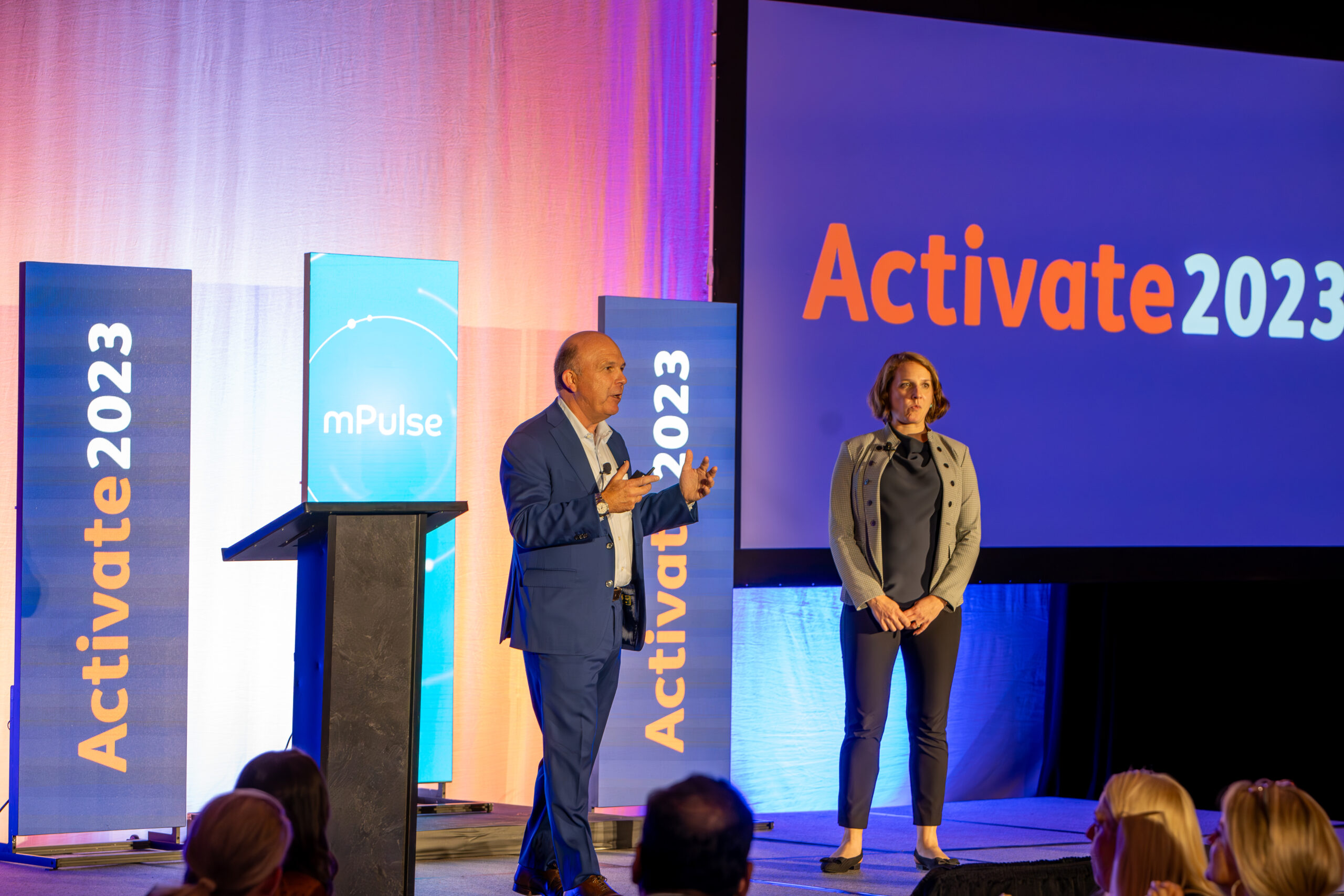America is about to experience a return to “normal” that won’t be as pleasant as the others we’re all hoping for. This fall, the push to get as many Americans vaccinated against influenza will, as usual, become the primary public health issue in the country. And since the average 20 million illnesses and 400K hospitalizations in a mild flu season would hit our healthcare system at a time where capacity and focus must remain squarely on COVID-19, the stakes are higher than years past.
This year bring new challenges and obstacle to vaccination that care organizations must work to understand and overcome. The typical assistance from vaccination pushes in schools, workplaces, houses of worship, and other community resources will be absent or reduced. The usual challenges of apathy from young/healthy members, concerns about getting the flu from the vaccine, health education gaps about vaccine safety and importance, and access and awareness barriers will return. But this year they are joined by new obstacles from misinformation about COVID risk from vaccination to worries about entering healthcare facilities. Each individual’s calculation on getting a vaccination will be different this year. The burden for healthcare organizations will extend beyond the typical awareness campaigns – we have to understand each person’s barriers to vaccination and help overcome them.
Leading payers, providers, pharmacies, and population health organizations are already adapting their approach to encouraging vaccinations in their populations. Their strategy has shifted from reminding and nudging to educating and activating. New approaches to building health literacy and more engaging content types are already being used to address new and heightened obstacles preventing people from seeking vaccinations. Technology is also playing a powerful role in connecting specific and tailored content to the people that it will impact the most. mPulse’s partners have seen success in solutions that effectively identify and overcome barriers to medication adherence and gaps in care closure. Now they are leveraging our Conversational AI technology to do the same with new flu vaccination challenges caused by the COVID-19 pandemic.
Understanding a person’s barriers to action is the first step to helping overcome them. Our approach at mPulse is straightforward: we start with a conversational reminder delivered across mobile channels, and we follow up with questions that either confirm vaccination or simply ask the person what is stopping them. We take answers they give – no transportation, the flu shot gave them the flu once, they aren’t going into doctors’ offices during a pandemic, the vaccine makes COVID worse – and process them in real time using Natural Language Understanding (NLU). We match the individual’s barriers with configurable content that the plan, provider, or other organization chooses to address that issue: safe rides to a clinic, fotonovelas on vaccine education, locations for drive-through vaccinations, whatever the organization needs to connect to the member with that specific challenge. The barrier assessment creates additional opportunities to educate members and drive action, while generating actionable, real-time insights about what is keeping your specific population from getting vaccinated.
Getting some individuals’ barriers to vaccination does more than just help connect them to resources – we can use data and identified barriers to understand the broader population and align strategies to help them. When we compare identified barriers with key data like member age, location, engagement history, health status, demographics, preferred language and culture, we can help organizations begin building personas that likely share common barriers. This allows for tailored content even to members that do not engage at first or have been previously hard-to-reach by provider or payer outreach. So responses that identify barriers for a portion of members can help improve the vaccination outreach to the rest.
Whether it’s using the mPulse solution or taking a more manual approach with live callers, a conversational strategy will be key this flu season. Simply reminding your population that it’s flu season and vaccines are important will not be enough. When a member or patient who might typically get vaccinated, but is hesitant this year, can express their worries and receive relevant follow-up, they feel heard and they are more likely to act. And a younger, healthier member who may skip flu shots normally may be much more aware of the importance of building community immunity this year, and just needs to know where to go. Tailoring content to them, based on what they tell us is stopping them, gives us the best chance to help. The task of getting people vaccinated against influenza is familiar, but this year’s new challenge of understanding how individuals are reacting to vaccination strategies during COVID s will require a this kind of conversational approach.












